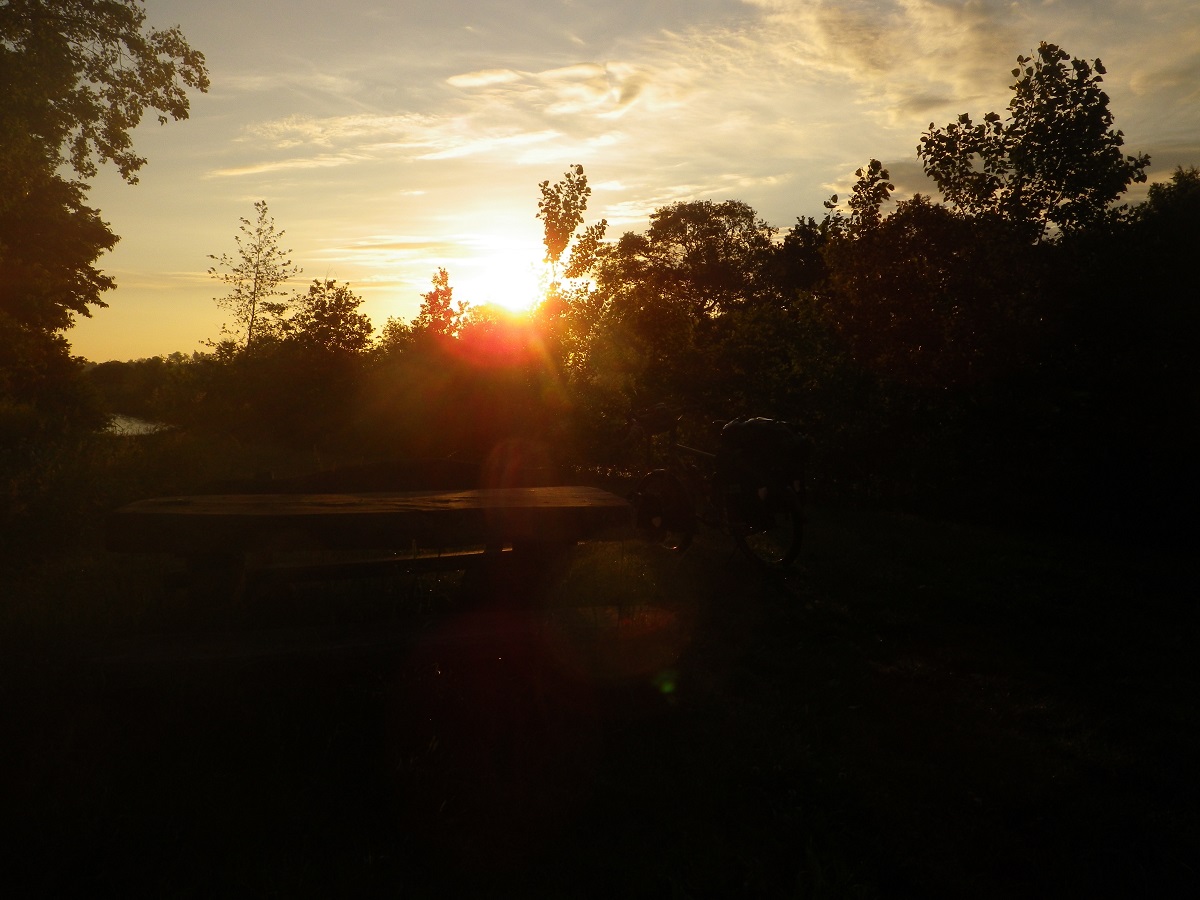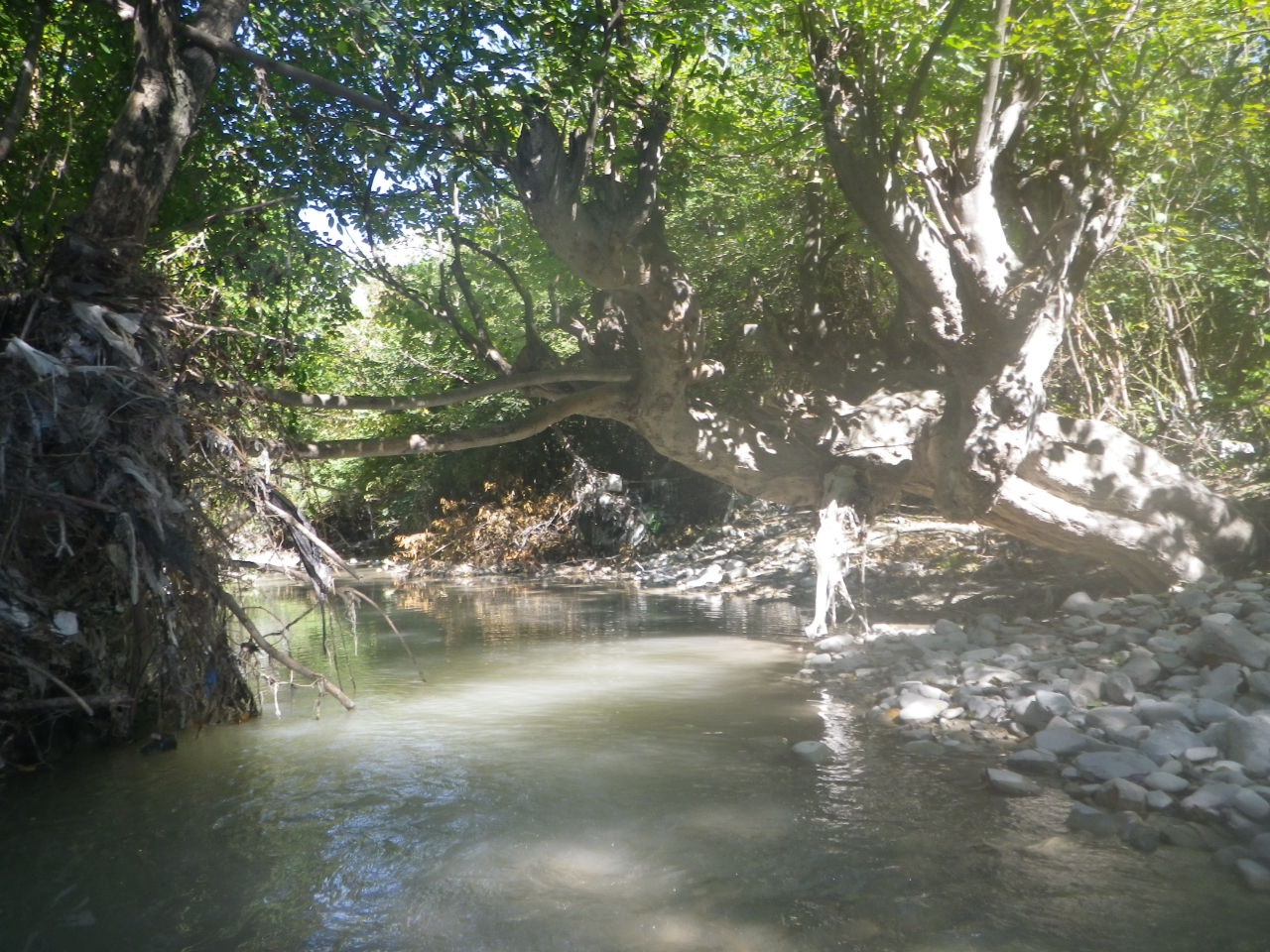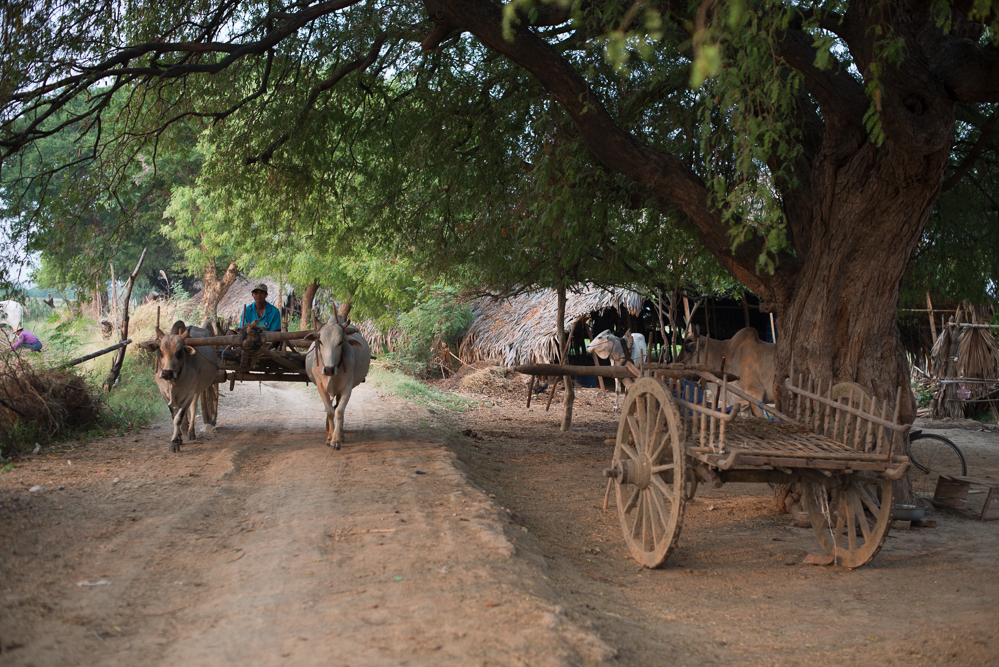Noosh-e-Jaan, 21 June 2018
My hand brushes against a mossy layer of fungus as we descend deeper into the Hungarian wine cave. Old Árpád pulls me along gray moldy barrels that protect his sweet wine. With a grin he tells me that this fungus needs alcohol to exist. Surrounded by this alcoholic mold, the bent greybeard fills my glass to the brim. We walk back to the entrance portal of the cave and take a seat at a large wooden table with a floral tablecloth. While I hear Árpád rummaging with bottles, I study the large antlers on the wall and signs in enigmatic Hungarian. When my glass is not yet half empty, the winegrower arrives with the next glass and the next. Each one of them a few degrees sweeter than the last.

Around four o’clock this afternoon I rode into Tokaj, the old wine region of Hungary at the confluence of the Tisza and Bodrog rivers. My friends Csaba and Mira wait for me at the old bridge for a tasting session of Tokaj’s finest wines. Instead of one of the big tasting rooms we chose the small wine cave of Árpád, a befriended winegrower who is overjoyed to have a cyclist from the Netherlands visiting.

Full glasses in hand we sit around the wooden table. Csaba tells me that according to an ancient charter, the door of a wine cellar should always be open to visitors as a symbol of Hungarian hospitality. I get intimately acquainted with that hospitality when Árpád decides I drink too slowly. He towers over me with a pipette full of intensely sweet wine, which he mercilessly pours straight into my mouth. With a thick tongue I speak about my travel plans eastward, which Árpád sees as a dangerous endeavor. He obliges me to raise a few more glasses to happiness, good food, the weather, strong tires and, of course, his beloved homeland.

Just when I think I really can’t drink any more, the old hero arrives with an earthenware bowl containing the famous lecsó, a Hungarian stew with pepper, tomato and spicy sausage. I feel better instantly, and the space seems to get smaller when all four of us bend over our bowls and spoon in the hot lecsó. The powerful flavors in the stew tell the tale of this land. The spicy sausage represents Hungarian fieriness, the slow-cooked onions stand for the slow character of a summer’s day on the puszta and the warmth of the peppers for the familiarity of a home-cooked meal at the wooden table and the melancholy of days gone by. A dish for sharing memories.

Hungarian Lecsó
This stew gets even better after a night in the fridge.
Ingredients for 4
1 tbs butter|1 cup smoked bacon cubes|2 onions, finely chopped|1 tsp (Hungarian) paprika powder|2 cups Hungarian wax pepper (or banana pepper), in strips|3 large tomatoes, in cubes|2 cups dried, spicy sausage, in slices|salt and pepper|
- Melt 1 tablespoon of butter in a large frying pan and fry the bacon cubes on low heat for 2 minutes. Then add the onion and fry for 20 minutes until translucent.
- Turn up the heat and add paprika and a tiny splash of water.
- Add the wax pepper and tomato to the mixture and cook the lecsó semi-covered over medium heat for 10 minutes until tender.
- Add the sausage and fry for another 3 minutes and add salt and pepper to taste.
- The lecsó is done when the tomato is cooked to pulp and the pepper is soft.
- Serve with lumps of white bread or boiled potatoes.
For vegetarians:
Replace the bacon with a vegetarian substitute and the sausage with half a zucchini (thinly sliced). When the vegetables are nearly done, turn the heat up and crack 4 eggs into the boiling mixture. Now turn off the heat, put back the cover for another 2 minutes and serve.







